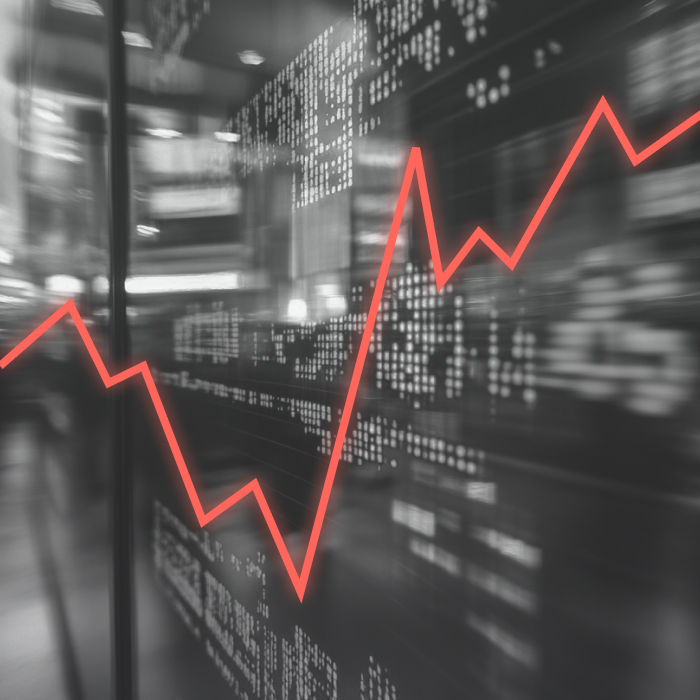
The Advantages of ETFs
March 24, 2022
Modern portfolio theory demonstrates that the best way to achieve the financial returns you need to meet your goals is through a diversified portfolio that’s adjusted to your appetite for risk. At the same time, a portfolio that is tax efficient and carries low fees means you can put more of your money to work toward achieving your goals — and potentially even meet them sooner.
At Farther, we have found that passively managed exchange-traded funds (ETFs) provide clients with the best opportunity to build diversified portfolios that are cost effective and maximize returns.
Since they hit the U.S. markets in the mid-1990s, ETFs have become increasingly popular among investors. There are now 2,793 ETFs listed in the U.S., representing $7.23 trillion in assets.[1] This variety allows us to build portfolios that track broad market indexes such as the S&P 500 Index, as well as those that hone in on investor interests, from specific sectors like technology and financials to broad themes such as ESG investing.
ETF basics
An ETF is a basket of securities that tracks an index. It does so by holding all the underlying assets in the index and uses the same weighting, essentially replicating the index. Passively managed ETFs are not designed to beat their benchmark indexes; instead, they aim to match them. ETFs can be structured to track broad market indexes, bond indexes, specific sectors, commodities or other assets.
Shares of ETFs can be bought and sold on a stock exchange throughout the day, much like a traditional stock. And they can offer investors big advantages. Because they are built to closely track an index, passive ETFs require very little human intervention to manage them. As a result, ETF expense ratios — the cost of operating and managing the fund that’s passed on to investors — are relatively low compared with actively managed mutual funds. In addition, ETFs are designed to be generally more tax-efficient than comparable mutual funds.
Passive ETFs have typically outperformed while costing less
In addition, ETFs tend to outperform. Active funds are run by portfolio managers who rely on their own expertise to buy and sell investments in hopes of beating the market. However, most active funds fail to beat their passive counterparts, especially over the long term. In fact, 75% of all active funds have failed to keep up with their passive peers over the past decade. Success rates were lowest among U.S. large-cap funds.[2]
Not only do actively managed funds tend to under perform passive funds, but they also cost more—so investors take a double hit. Consider that the asset weighted expense ratio for active funds in 2020 was 0.62%, about five times more than the average expense ratio of 0.12% for passive funds.[3]
The combination of low cost and outperformance is one of the reasons investors are paying so much attention to passively managed ETFs. In December of 2021, all passively managed funds — including mutual funds and ETFs — had about $96 billion of inflows, while cash flow for active funds moved in the opposite direction, to the tune of $8 billion. Looking at the year as whole, passive funds had a $958 billion in take in 2021, outstripping their actively managed counterparts by more than $700 billion.[4]
Monitoring makes the difference
Your life and your goals are not static, and neither are the markets. That’s why we do not take a set-it-and-forget-it approach to financial planning. As your circumstances and goals change, so too may your portfolio needs.
In addition to staying on top of your changing needs, we keep a close eye on the market and the factors that affect it, from inflation and legislation changes to global health, the pandemic and geopolitical issues. With these factors in mind, we regularly monitor and adjust your portfolio. Our ETF strategy provides access to the investments you want, combined with the personal attention that keeps your portfolios balanced and on track to meet your goals.
[1] NYSE Arca Q4 2021 Quarterly ETF Report
[2] Morningstar's Active/Passive Barometer October 2021
[3] Morningstar Finds Falling Fees Saved Investors $6.2 Billion in 2020
[4] Morningstar Reports U.S. Mutual Fund and ETF Fund Flows for Full-Year and December 2021









